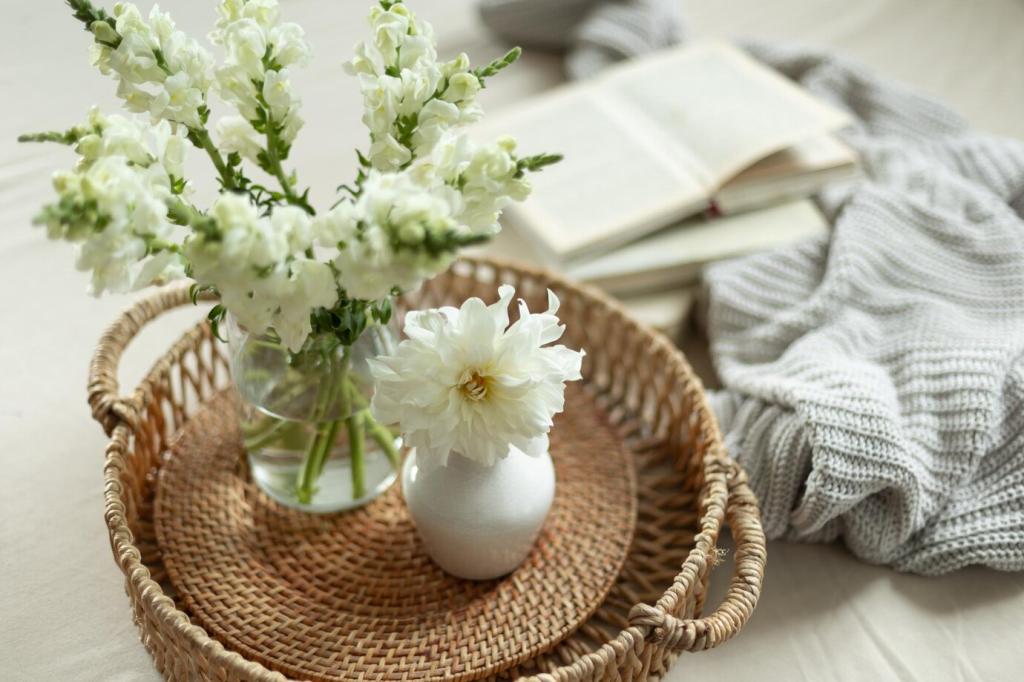
Eco-Friendly Materials for Modern Interiors
Exploring eco-friendly materials is no longer a trend but a fundamental aspect of modern interior design. Conscious consumers and designers are increasingly seeking sustainable solutions that merge style, innovation, and environmental responsibility. By choosing materials that reduce carbon footprint and enhance indoor air quality, it becomes possible to create interiors that marry aesthetics with environmental ethics. This page delves into the world of green materials for interiors, examining their advantages, varieties, and applications, while also offering insights into the future of sustainable interior design.
Selecting eco-friendly materials affects not only the planet but also our personal health. Many conventional interior materials emit volatile organic compounds (VOCs) and other toxins that degrade indoor air quality, leading to respiratory issues and allergies. Green materials, such as low-VOC paints and natural fibers, help create spaces that support wellness by minimizing the emission of harmful agents. Improved indoor air quality contributes to overall comfort, productivity, and long-term well-being for occupants.
The Importance of Eco-Friendly Materials in Interior Design
Previous
Next
Reclaimed Wood: Reviving the Past, Shaping the Present
Reclaimed wood carries an intrinsic sense of history and charm, marked by knots, nail holes, and rich patinas acquired over decades or even centuries. No two pieces are exactly alike, imbuing modern interiors with authentic character. Designers value its ability to bring warmth and storytelling into contemporary spaces, creating a striking contrast with sleek lines and minimalist aesthetics. Its tactile and visual richness makes it a perpetual favorite in both residential and commercial projects.
Bamboo: The Fast-Growing Favorite
Rapid Renewability and Ecological Benefit
Unlike traditional hardwoods, bamboo matures in just three to five years, making it one of the fastest-growing renewable resources available. Its abundant growth does not require replanting after harvest, thanks to its vigorous root system, which prevents soil erosion and maintains healthy ecosystems. This rapid renewability means bamboo can meet high demand without the ecological depletion associated with slower-growing timber species.
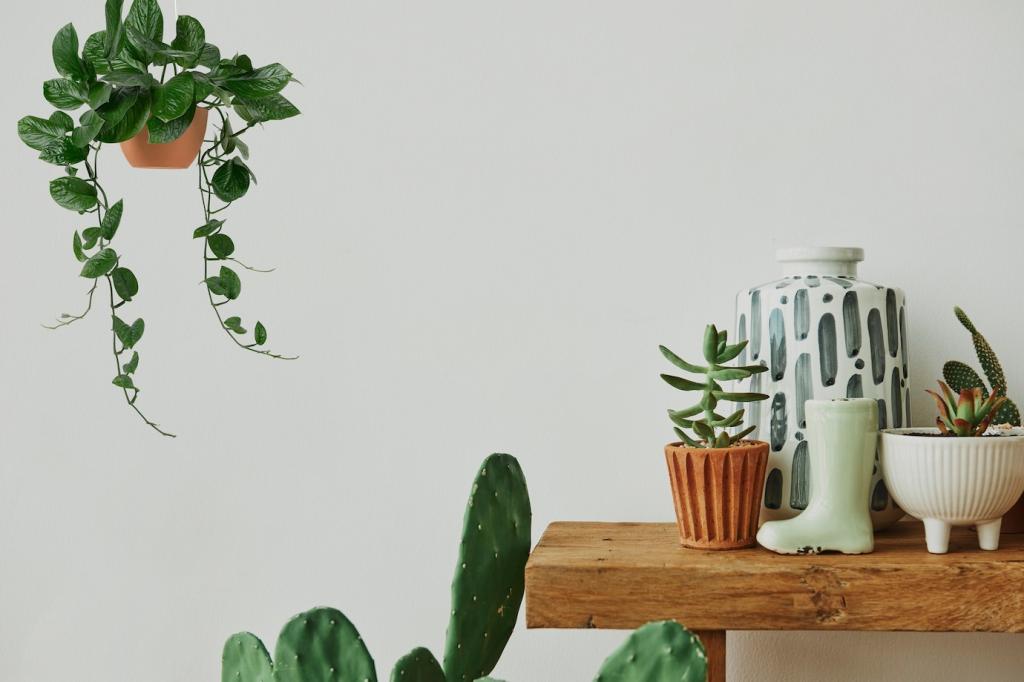
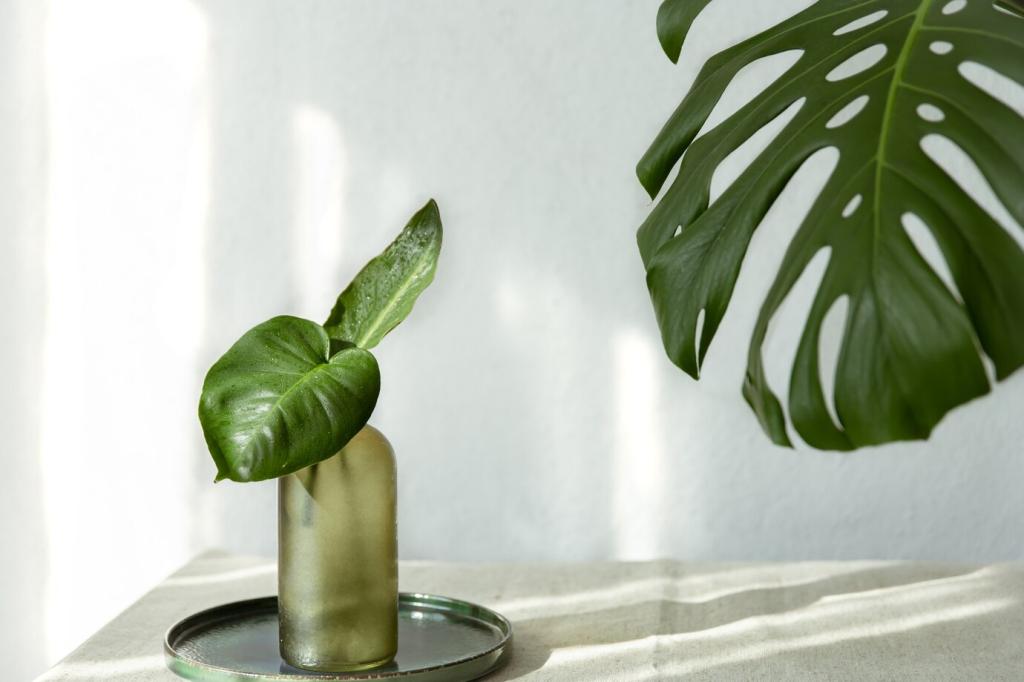
Contemporary Aesthetics and Design Flexibility
Bamboo’s smooth grain and subtle coloration lend themselves to a modern, minimalist aesthetic. Its versatility allows it to be crafted into a variety of interior elements, from sleek flooring to sculptural furniture. Available in different finishes and treatments, bamboo fits diverse style narratives—from Scandinavian-inspired light woods to dramatic, darker stains. Its consistency and elegance make it an appealing alternative to traditional woods, offering a fresh look for forward-thinking spaces.
Cork: Nature’s Flexible Marvel

The sustainability of cork lies in its harvesting technique: only the outer bark is removed, allowing the tree to continuously regenerate new layers. This process can occur every nine years without harming the tree, which can live up to 200 years. As such, cork production helps protect forest landscapes, preserve wildlife habitats, and store carbon throughout the tree’s long lifespan. By choosing cork, interiors benefit from nature’s bounty while maintaining ecological integrity.
Recycled Metal: Industrial Edge with a Green Conscience
Closed-Loop Recycling and Energy Savings
Metals are unique in their ability to be infinitely recycled. The closed-loop recycling process dramatically reduces the energy required compared to producing virgin metals. For instance, recycling aluminum saves up to 95% of the energy needed for primary production. By specifying recycled metal in design projects, interiors actively contribute to lowering greenhouse gas emissions and conserving valuable natural resources.
Versatility Across Applications
Recycled metal’s malleability and strength make it suitable for a wide range of uses in modern interiors. It can serve as the framework for shelving systems, kitchen counters, or window frames, and is just as suited to artistic statements such as lighting fixtures and wall sculptures. Its reflective quality enhances natural light, visually expanding spaces, while its robust performance suits residential, commercial, and hospitality projects.
Aesthetic Range and Modern Appeal
The aesthetic versatility of recycled metal empowers designers to achieve various looks, from stark industrial minimalism to polished contemporary luxury. Metals can be finished to appear matte, glossy, antiqued, or brightly colored, adapting to any design vision. Mixing recycled metal with other eco-friendly materials, such as wood or glass, further enriches the texture and visual interest of interiors, appealing to environmentally responsible tastes without sacrificing sophistication.
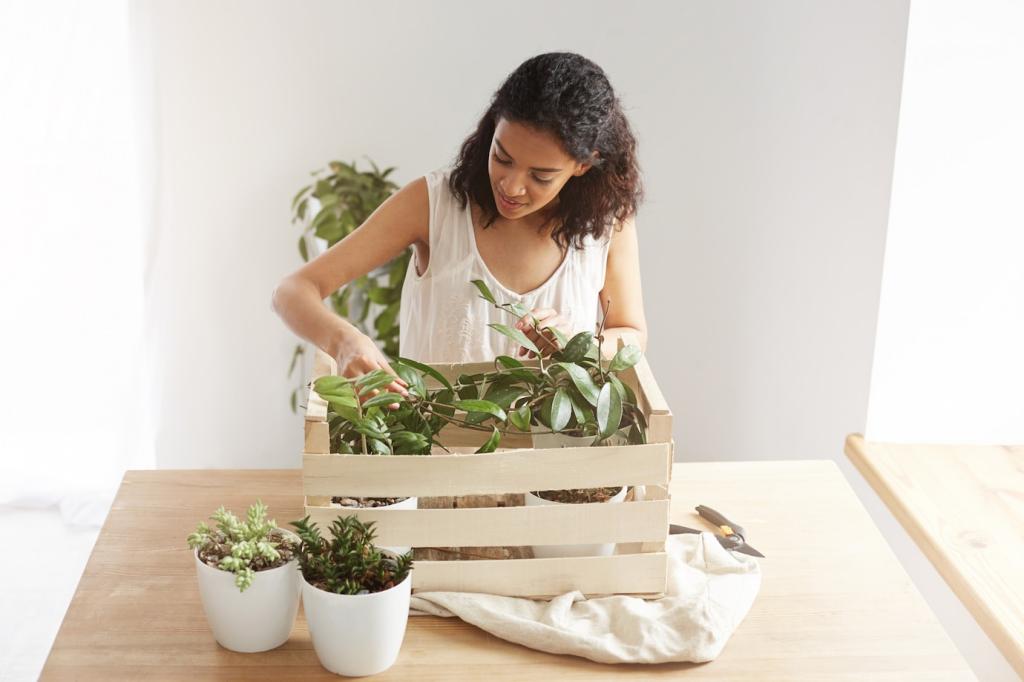
Infinite Recyclability and Waste Reduction
The inherent sustainability of glass lies in its endless recyclability—a single glass object can be reborn countless times without loss of purity or durability. By diverting glass from landfills and reincorporating it into interior elements, the building industry significantly reduces waste and the consumption of virgin materials. Utilizing recycled glass is a powerful example of how circular economy principles can be implemented to reduce environmental burdens.
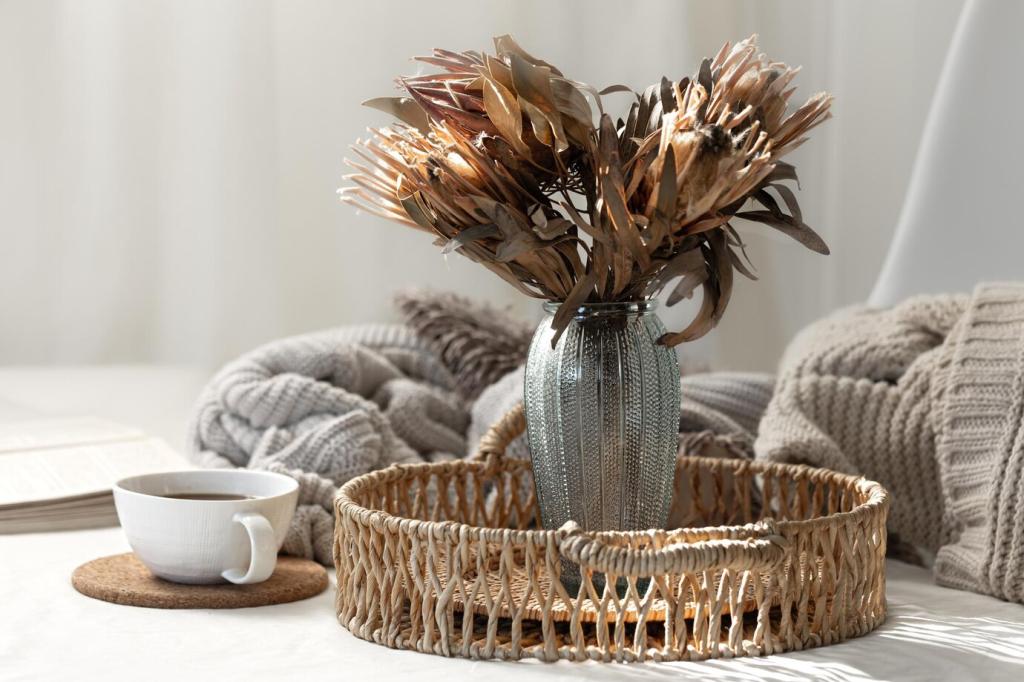
Dynamic Light and Color Effects
Recycled glass introduces unique visual effects, harnessing light to create shimmering, luminous surfaces. Its translucency and color range—from subtle earth tones to vibrant jewel hues—provide designers with creative freedom. Whether used in mosaic tiles, backsplashes, or statement lighting, recycled glass brings vibrancy and depth to interiors, making spaces feel brighter, airier, and more energetic.
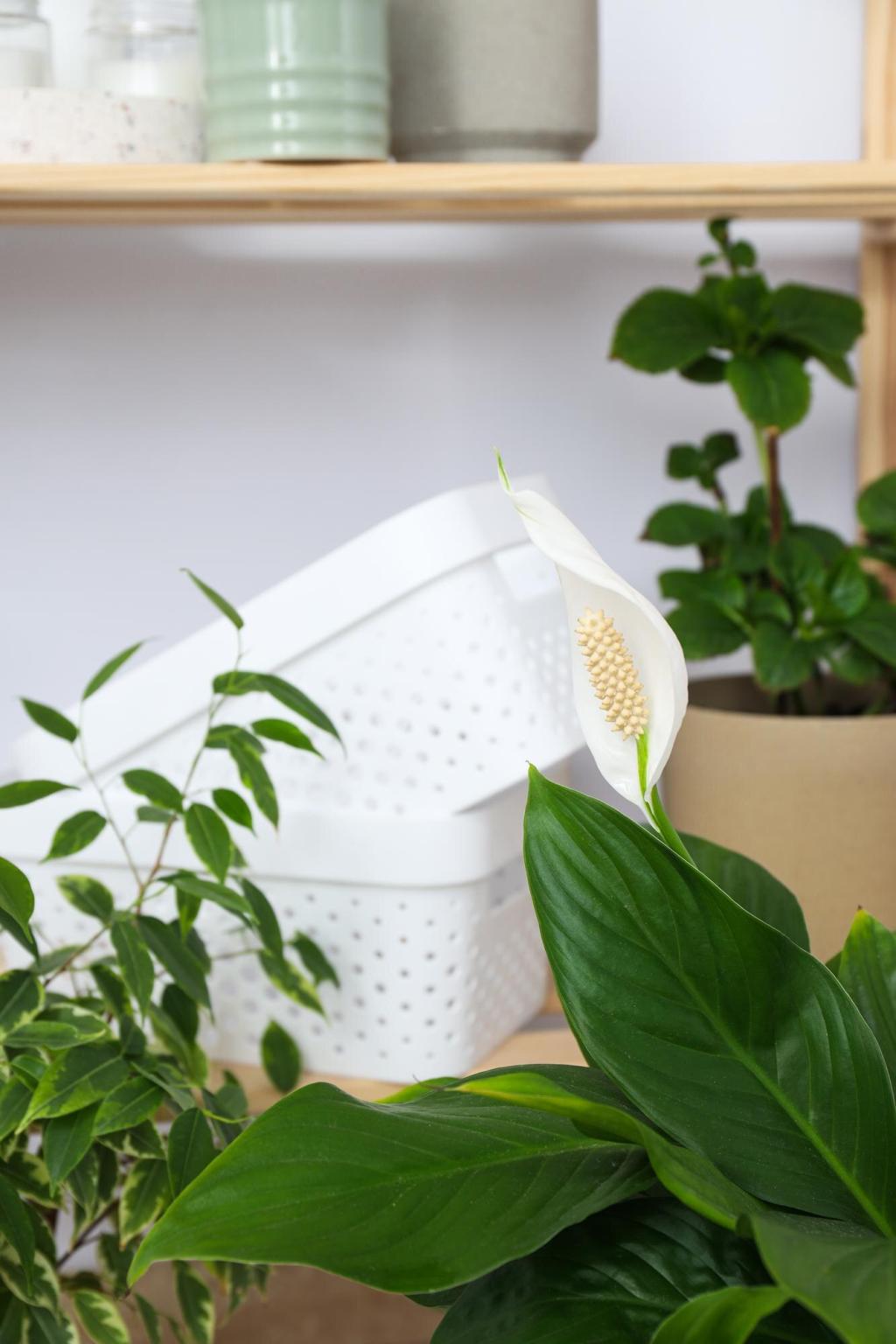
Durable and Easy-to-Maintain Surfaces
Aside from its visual allure, recycled glass offers robust performance in residential and commercial interiors. It is non-porous, stain-resistant, and easy to clean, making it ideal for high-use areas such as kitchens and bathrooms. The inherent hardness of glass ensures longevity and resilience against scratches, chips, and heat, while its hygienic properties appeal to health-conscious clients. This blend of beauty, function, and responsibility defines the modern eco-friendly approach.
Natural Stone: Enduring Beauty with Responsible Sourcing
Sustainable Quarrying Practices
Advancements in quarrying technology allow for reduced disruption to ecosystems, better water usage, and comprehensive land restoration following extraction. Sourcing stone from local or regional quarries decreases transportation emissions and supports community economies. Certifications and transparent supply chains help designers select materials that meet environmental benchmarks, ensuring that natural stone can be incorporated with a clear ecological conscience.
Longevity and Minimal Maintenance
A key factor in the sustainability of natural stone is its exceptional durability. Properly installed and maintained, stone surfaces can last for generations—far longer than many synthetic alternatives. Its resistance to wear, scratches, and heat means surfaces require infrequent replacement, dramatically reducing waste over time. Routine cleaning with mild, low-impact products further minimizes the environmental footprint of upkeep.
Timeless Elegance and Versatility
Beyond its green credentials, natural stone brings timeless beauty and versatility to interiors. Each slab is unique, marked by subtle color shifts, veins, and mineral formations that enrich the design narrative. Whether used for sleek countertops, dramatic feature walls, or understated flooring, stone imparts a sense of luxury and permanence. Its natural cooling properties also contribute to energy efficiency in warm climates.
Wool and Natural Textiles: Sustainable Softness for Interior Comfort
Renewable Resources and Animal Welfare
Wool is one of the most sustainable fibers available, produced annually from sheep that continue to thrive after shearing. Responsible farming practices, including pasture rotation and organic feed, can further lower environmental impacts. Similarly, plant-based fibers like organic cotton and linen are renewable and biodegradable, especially when cultivated without harmful chemicals. Choosing certified organic and ethically sourced textiles ensures high standards of animal welfare and ecological protection.
Indoor Air Quality and Hypoallergenic Benefits
Natural textiles excel at improving indoor air quality. Wool, in particular, has the ability to absorb and neutralize pollutants such as formaldehyde and VOCs, actively purifying the air. Its hypoallergenic properties make it suitable for allergy sufferers, as it resists dust mites and mold growth. Other natural fibers, free from synthetic pesticides and finishing agents, similarly contribute to healthier home and work environments, supporting overall wellness.
Warmth, Comfort, and Design Diversity
Natural textiles are celebrated for their tactile warmth and visual diversity. Wool rugs add plush comfort to any room, while linen and cotton drapes create soft, flowing atmospheres. The fibers can be dyed in a broad spectrum of colors, woven into myriad patterns, or left undyed for a natural, earthy aesthetic. Their ability to retain heat and regulate humidity further enhances occupant comfort all year round, making them a versatile foundation for inviting and eco-minded interiors.
